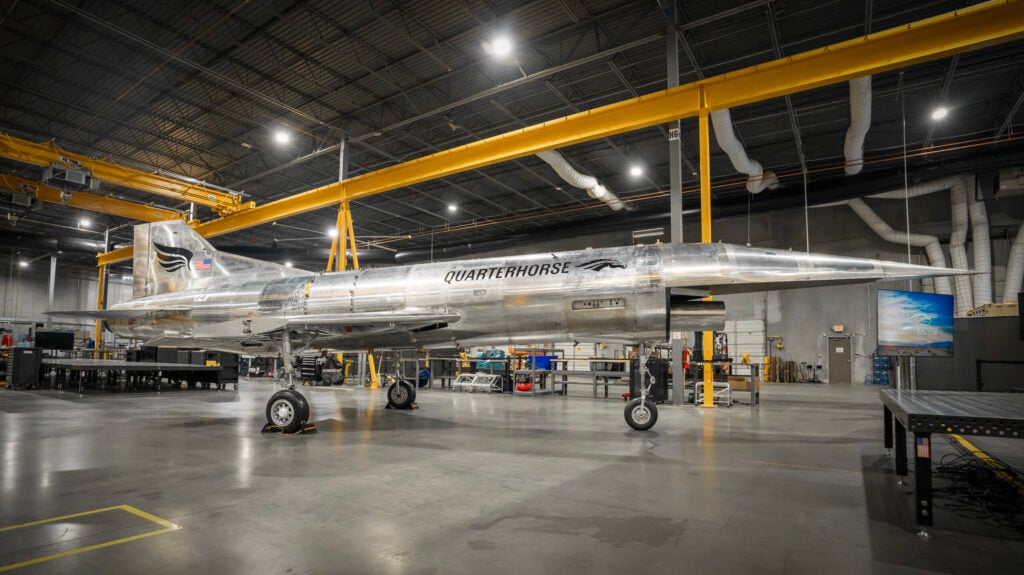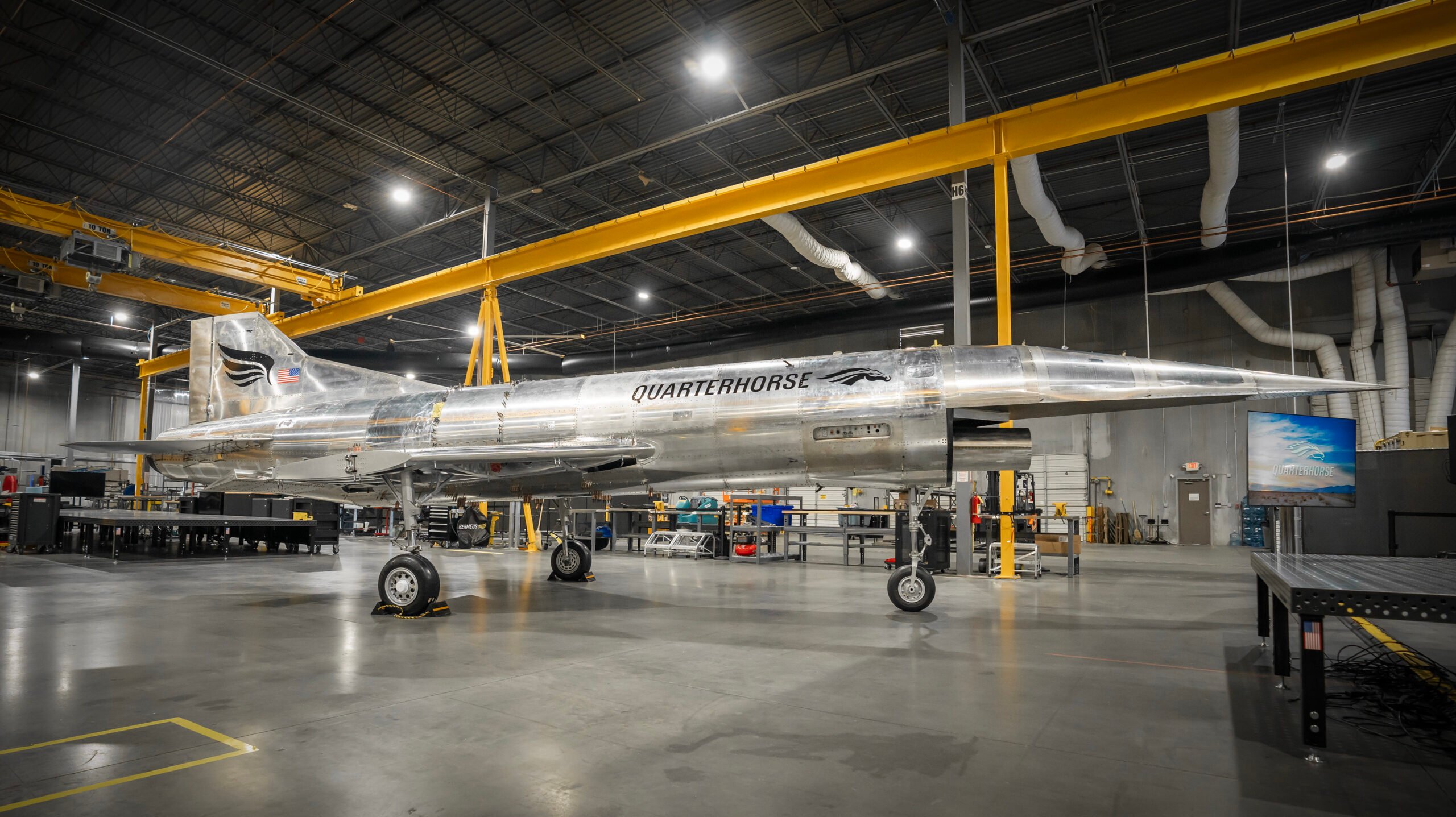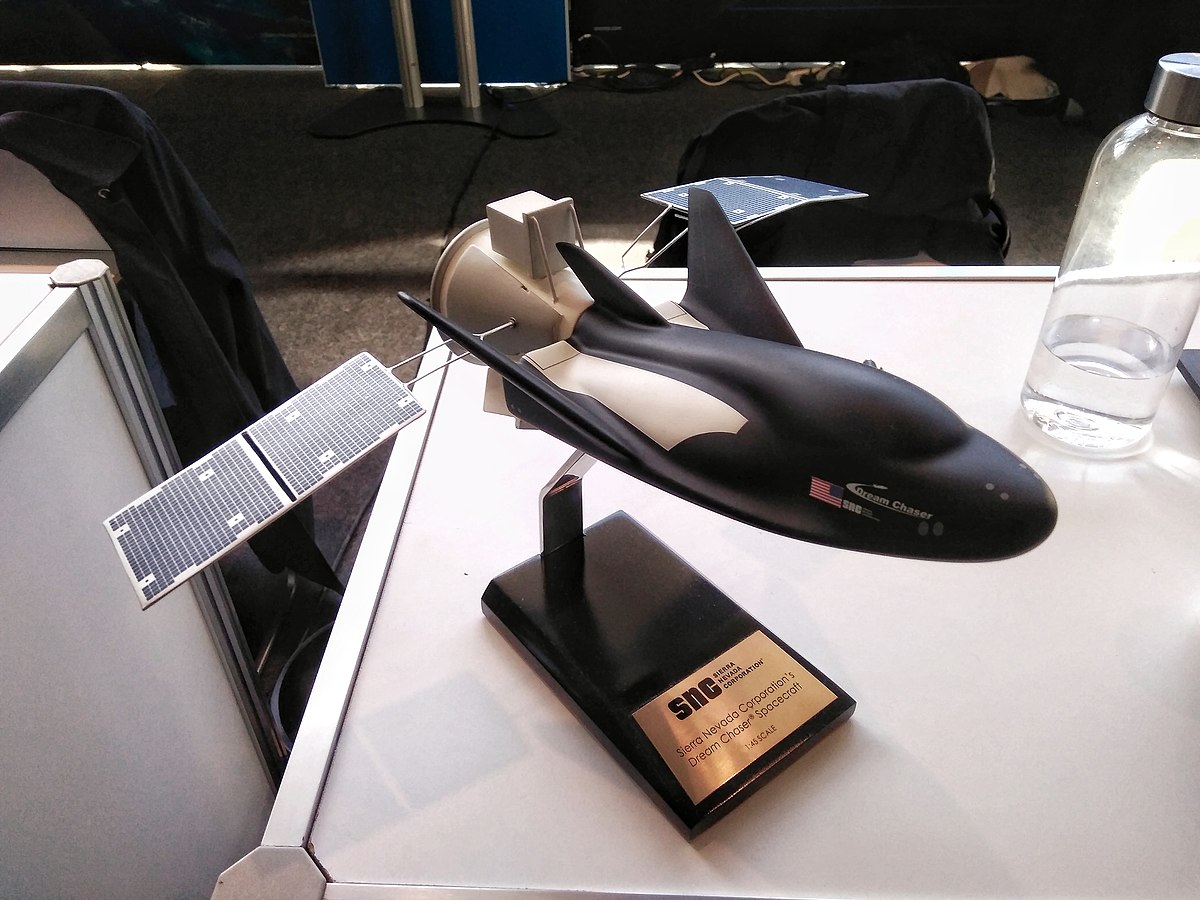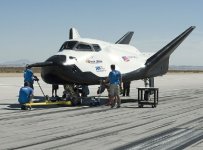Hummmm......Interesting that they're saying the powerplant is based on the old GE J85 turbojet engine.........
Posted for fair use.....
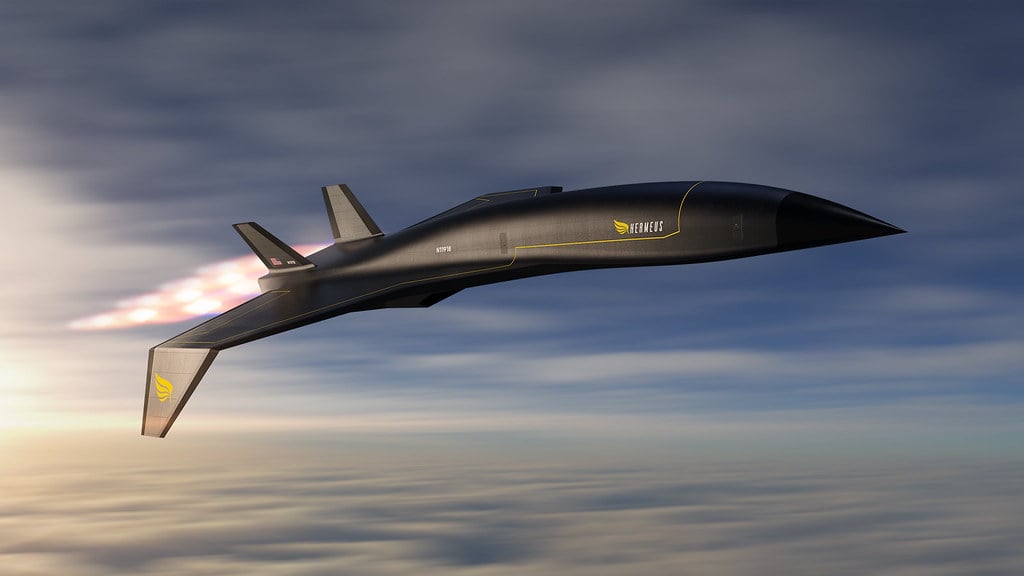
 breakingdefense.com
breakingdefense.com
Air Force To Fund, Test Unmanned Hypersonic Plane
"There are so many building block technologies that need to happen first. So, it’s a bit silly, but the appeal of the theoretical end result is undeniable," says Teal Group's Richard Aboulafia.
By Theresa Hitchens on August 05, 2021 at 10:16 AM

Concept art of a Hermeus Corp hypersonic design the Air Force wants to test. (Hermeus)
WASHINGTON: The Air Force will flight test a first-of-its-kind hypersonic autonomous aircraft, under a contract with Atlanta-based startup Hermeus Hypersonic, the service announced today.
The aircraft, called Quarterhorse, is designed to test the company’s “turbine-based combined cycle (TBCC) engine, based around the GE J85 turbojet engine,” according to a company press release. “By the end of the flight test campaign, Quarterhorse will be the fastest reusable aircraft in the world and the first of its kind to fly a TBCC engine.”
The plane is being designed to fly at five times the speed of sound, which would mean traveling from New York to Paris would only take 90 minutes, compared to the roughly seven and a half hours it takes today.
The company will receive a $60 million Small Business Innovation Research (SBIR) phase 2 contract, brokered by the Air Force’s innovation hub, AFWERX. The contract is being funded by “Air Force Life Cycle Management Center’s Presidential and Executive Airlift Directorate, the Air Force Research Laboratory (AFRL), and various venture capital sources,” according to the service’s press release.
The AFLCMC directorate is responsible for Air Force One, the presidential jet.
The company last August was granted a smaller contract under an Other Transaction For Prototype Agreement Direct to Phase II contract through AFWERX, after Hermeus successfully tested a Mach 5 engine prototype in February 2020.
“The engagement with Hermeus is part of a larger effort led by the directorate to fuel the burgeoning commercial resurgence of high speed passenger travel, and has been dubbed the ‘Vector Initiative’,” the release explains. “The initiative aims to partner with commercial sector leaders to accelerate their development and, as a byproduct, advance enabling technologies that could provide the Air Force options for a variety of missions.”
The Air Force is following a similar model in trying to prime the commercial pump for “flying cars” — electronic vertical take-off and landing (eVTOL) vehicles — under the Agility Prime program, as a way for the military to then leverage both the technology and cost savings. AFWERX awarded a first flight-worthiness certification under that program on Dec. 10 to Joby Aviation, based in Santa Cruz, Calif., for its four-person “taxi” prototype.
While its a cool concept, at least one long-time aviation expert isn’t convinced we’ll see a Mach 5 Air Force One anytime soon.
“$60 million for this project is roughly akin to moving a centimeter in a journey around the world,” said Teal Group’s Richard Aboulafia in an email. “There are so many building block technologies that need to happen first. So, it’s a bit silly, but the appeal of the theoretical end result is undeniable.”
Posted for fair use.....

Air Force To Fund, Test Unmanned Hypersonic Plane - Breaking Defense
"There are so many building block technologies that need to happen first. So, it’s a bit silly, but the appeal of the theoretical end result is undeniable," says Teal Group's Richard Aboulafia.
Air Force To Fund, Test Unmanned Hypersonic Plane
"There are so many building block technologies that need to happen first. So, it’s a bit silly, but the appeal of the theoretical end result is undeniable," says Teal Group's Richard Aboulafia.
By Theresa Hitchens on August 05, 2021 at 10:16 AM

Concept art of a Hermeus Corp hypersonic design the Air Force wants to test. (Hermeus)
WASHINGTON: The Air Force will flight test a first-of-its-kind hypersonic autonomous aircraft, under a contract with Atlanta-based startup Hermeus Hypersonic, the service announced today.
The aircraft, called Quarterhorse, is designed to test the company’s “turbine-based combined cycle (TBCC) engine, based around the GE J85 turbojet engine,” according to a company press release. “By the end of the flight test campaign, Quarterhorse will be the fastest reusable aircraft in the world and the first of its kind to fly a TBCC engine.”
The plane is being designed to fly at five times the speed of sound, which would mean traveling from New York to Paris would only take 90 minutes, compared to the roughly seven and a half hours it takes today.
The company will receive a $60 million Small Business Innovation Research (SBIR) phase 2 contract, brokered by the Air Force’s innovation hub, AFWERX. The contract is being funded by “Air Force Life Cycle Management Center’s Presidential and Executive Airlift Directorate, the Air Force Research Laboratory (AFRL), and various venture capital sources,” according to the service’s press release.
The AFLCMC directorate is responsible for Air Force One, the presidential jet.
The company last August was granted a smaller contract under an Other Transaction For Prototype Agreement Direct to Phase II contract through AFWERX, after Hermeus successfully tested a Mach 5 engine prototype in February 2020.
“The engagement with Hermeus is part of a larger effort led by the directorate to fuel the burgeoning commercial resurgence of high speed passenger travel, and has been dubbed the ‘Vector Initiative’,” the release explains. “The initiative aims to partner with commercial sector leaders to accelerate their development and, as a byproduct, advance enabling technologies that could provide the Air Force options for a variety of missions.”
The Air Force is following a similar model in trying to prime the commercial pump for “flying cars” — electronic vertical take-off and landing (eVTOL) vehicles — under the Agility Prime program, as a way for the military to then leverage both the technology and cost savings. AFWERX awarded a first flight-worthiness certification under that program on Dec. 10 to Joby Aviation, based in Santa Cruz, Calif., for its four-person “taxi” prototype.
While its a cool concept, at least one long-time aviation expert isn’t convinced we’ll see a Mach 5 Air Force One anytime soon.
“$60 million for this project is roughly akin to moving a centimeter in a journey around the world,” said Teal Group’s Richard Aboulafia in an email. “There are so many building block technologies that need to happen first. So, it’s a bit silly, but the appeal of the theoretical end result is undeniable.”




